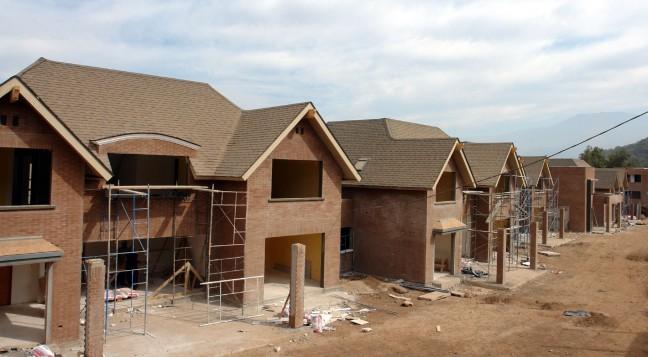After spending eight years working through the waitlist for low-income housing, the Dane County Housing Authority reopened their waitlist this August and reached 1,500 applications in only 90 minutes.
The Section 8 Voucher Program assists low-income households, DCHA executive director Rob Dicke said. It provides subsidized or affordable housing to families and individuals who are eligible for the program.
The lack of affordable housing in Madison and Dane County is one of the driving forces in the high rates of homelessness in the area, Sharon Corrigan, Dane County Board of Supervisors chair, said.
“It’s an important problem to address, not only to keep people from becoming homeless, but to make sure people have stable housing to raise their families and function in the community,” she said.
The overwhelming response to the waitlist’s reopening has recently brought attention to affordable housing issues in Madison, however, Corrigan said, it has been a central issue for many years.
The DCHA was established in the early 1970s, but the Section 8 Voucher Program’s origin dates back to 1937, Dicke said.
The longstanding program is fairly straightforward: potential participants apply for housing, get placed on a waitlist and are eventually given housing that is 30 percent of their current income if they are eligible, he said.
Eligibility and priority are determined through a point system. Those who are homeless, living in substandard housing, paying more than 40 percent of their income toward rent or are displaced due to government action are given two points. Local applicants are given an additional point and the families or individuals with the highest number of points are prioritized, Dicke said.
Some applicants, typically elderly or disabled persons who make up 53 percent of the program, become lifelong participants.
Forty percent of participants, however, have been a part of the program for less than five years, showing the consistent need for affordable housing, Dicke said.
While the list was supposed to close after 1,500 applications, after some technical difficulties with the application, the waitlist closed at 2,212 applicants, he said.
“The fact that we had 1,500 applications in an hour-and-a-half really speaks to the need in our community,” Corrigan said. “There are people who are desperately in need of assistance with their rent so that they can buy food, or pay for expenses of their children.”
Currently, landlords and independent businesses own much of the subsidized housing in use. To decrease the dependence on federal money, generate revenue and increase the sustainability of the subsidized housing, the authority is looking to creating new authority-owned housing, Dicke said.
Additionally, county officials are encouraging nonprofit organizations and developers to consider adding affordable housing to projects they are building, Corrigan said. In order to get closer to solving the problem, however, the solutions need to extend beyond the goal of just reducing homelessness, Dicke said.
“We’re really talking about working poor, here,” Dicke said. “There isn’t enough affordable housing, and the minimum wage isn’t enough to afford housing without assistance. We need to do better with both affordable housing and the wages that we pay.”












